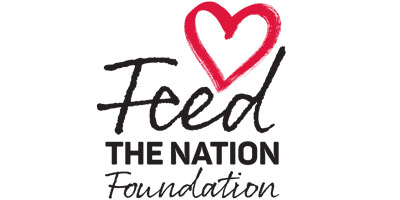Recent research suggests that the best way to develop maths skills such as number knowledge is through every day problem-solving. We can help children learn by asking questions that we routinely ask. For example, instead of saying “Pack some toys to take to Granny’s” we can rather say “How many toys do you think you need to take to Granny’s?” This simple way helps to focus your child’s attention on the importance of numbers and give them lots of problem-solving practice.
Counting and cardinality are essential numeracy skills that we use daily when we count out the change to pay for things like our morning coffee. Children’s early counting skills are an important predictor of later abilities. Counting and cardinality are foundational skills related to many other important maths skills that we want children to master, like understanding order and sequence.
Strategies to Support Counting and Cardinality Skills
- “Keeping Track” Strategies
These strategies help establish one-to-one correspondence and reduce counting errors like counting an object more than once or missing an object while counting. You can help students to keep track of what they have counted by encouraging them to move objects from one pile to another, touching each object as they count it, or putting a mark next to the items that have been counted.
- “Keeping Track” Strategies Extended
When young learners are ready to count larger quantities, you can support them in using a more advanced keeping track strategy, like grouping items into 2s, 5s, or 10s, that can be skip counted. For example, if you give students a group of 30 chips to count, you can encourage them to create groups of 5 chips and then use skip counting to arrive at 30, rather than counting by 1’s.
- Ask “How Many” Questions
Once a group of objects has been counted, we want students to understand that the last number said represents the total number of objects in the group (cardinality). One way to support students’ understanding of cardinality is to ask “how many” questions. After children count a group of objects, ask them to answer questions about how many objects are in the group, and emphasize how the last number counted tells you how many there are.
When a child has a good number sense, they understand the value of numbers and which number within a pair is greater. Fancy apps are not needed. We know that children learn best during playful learning. When you keep things fun and help your child develop a positive relationship with maths and numbers, you are helping increase your child’s curiosity, imagination, flexibility and persistence. These are all important factors for success in maths!



















